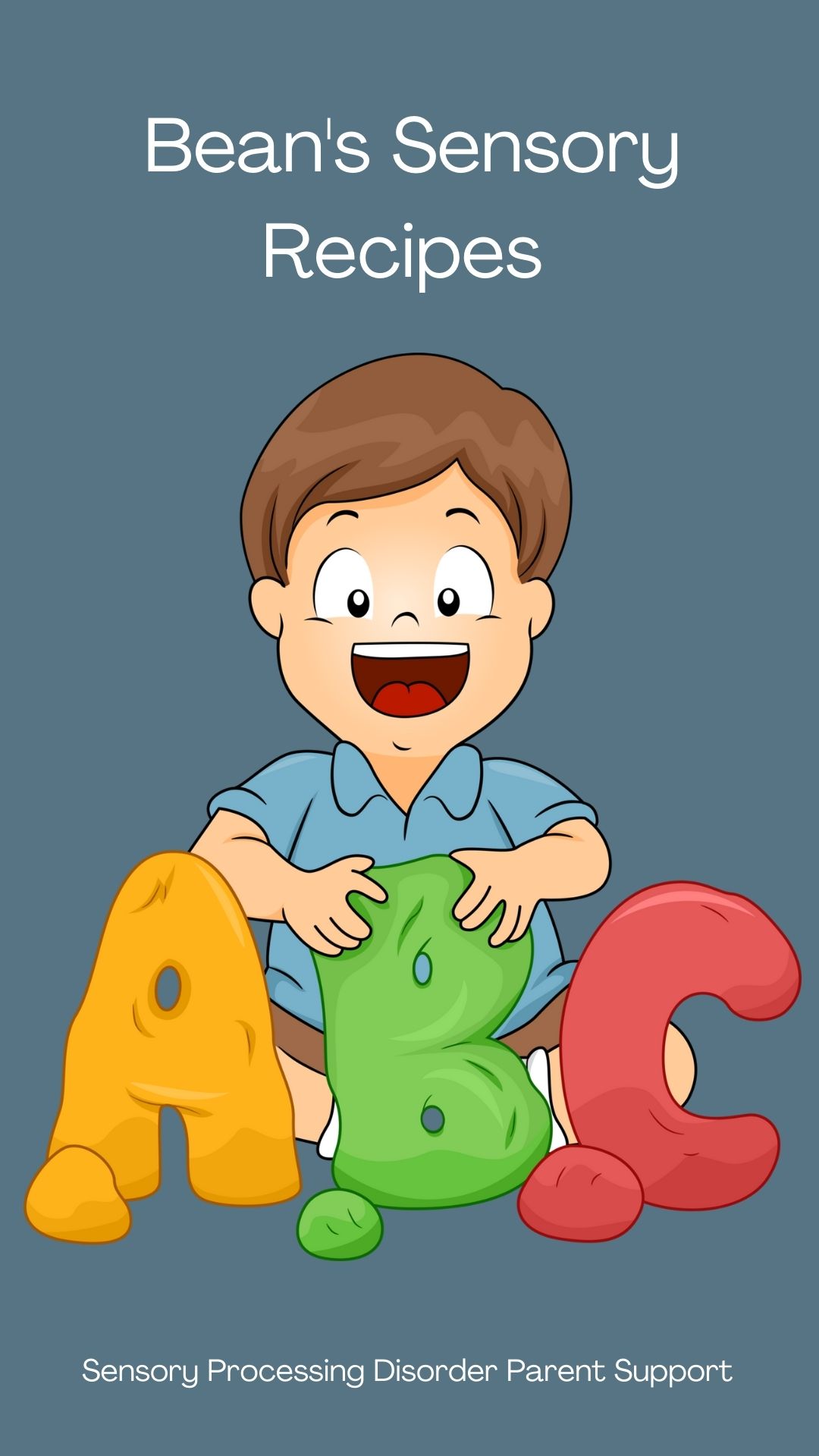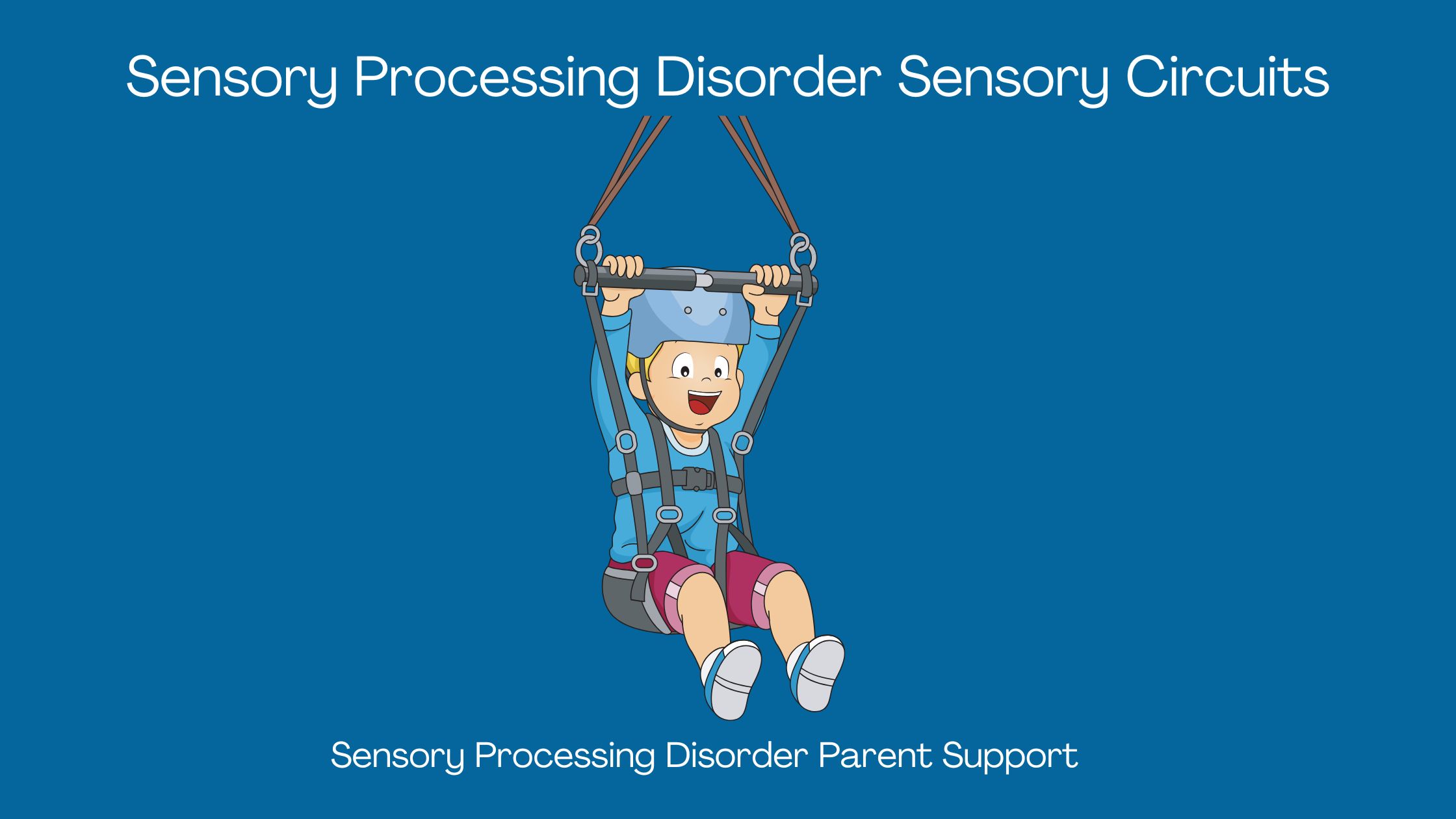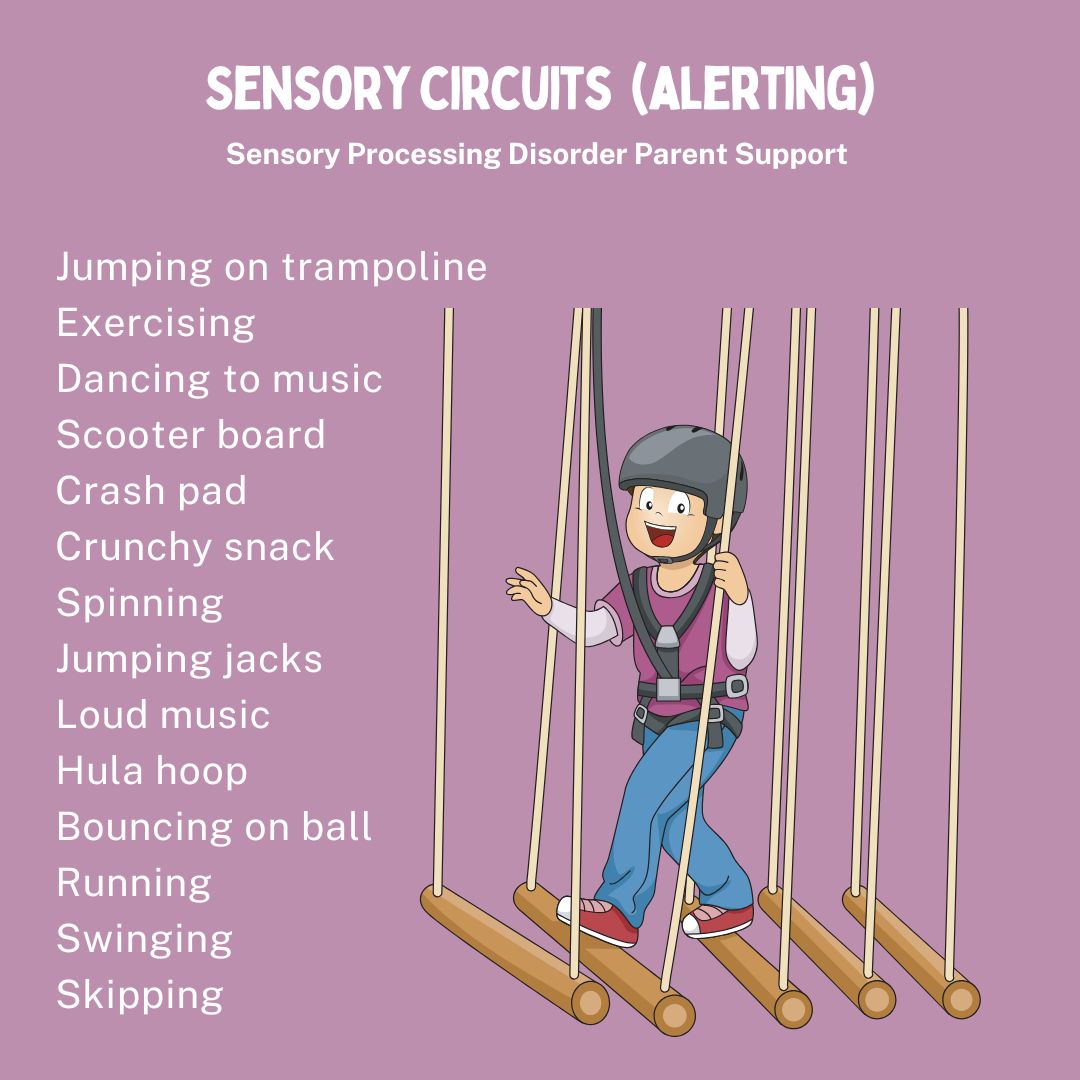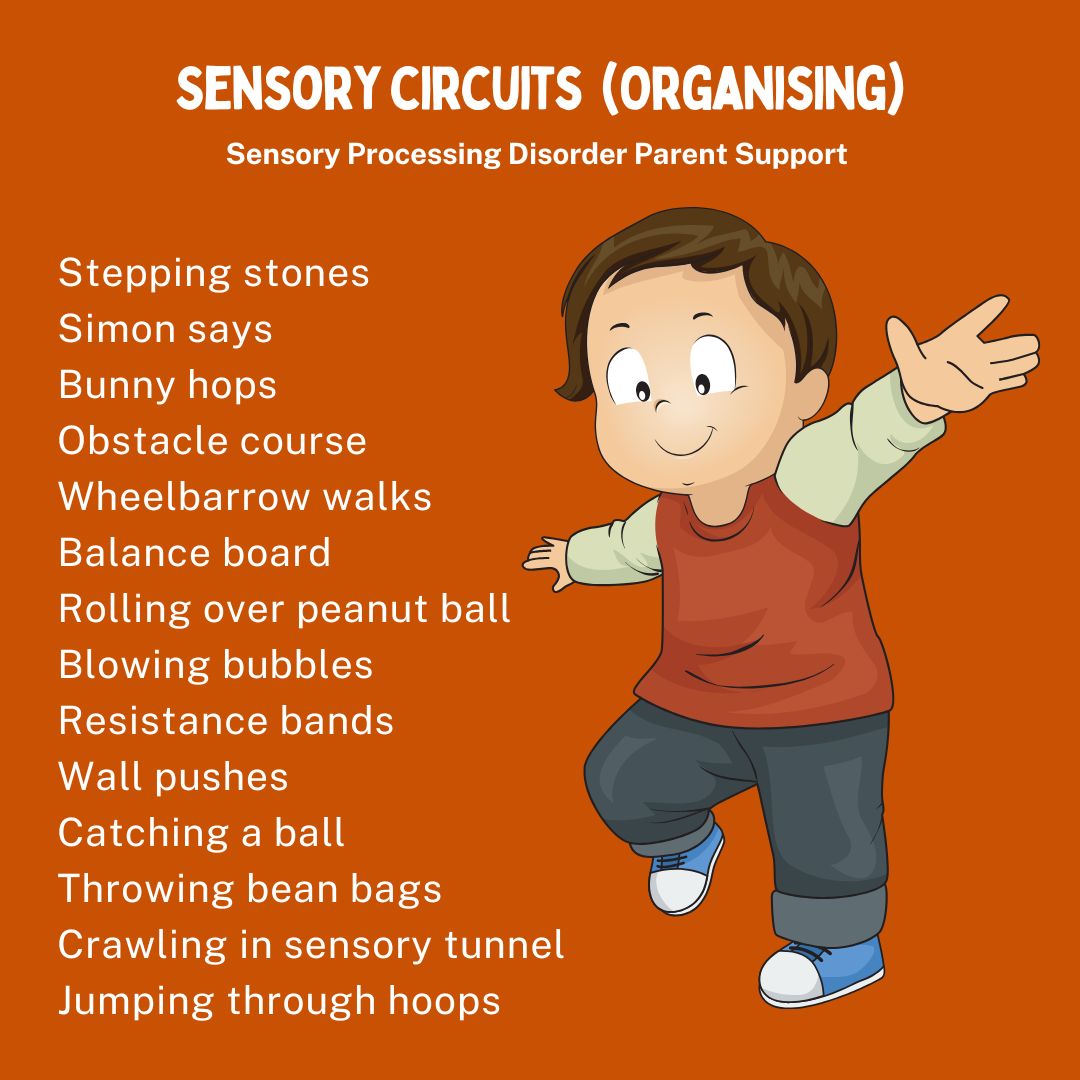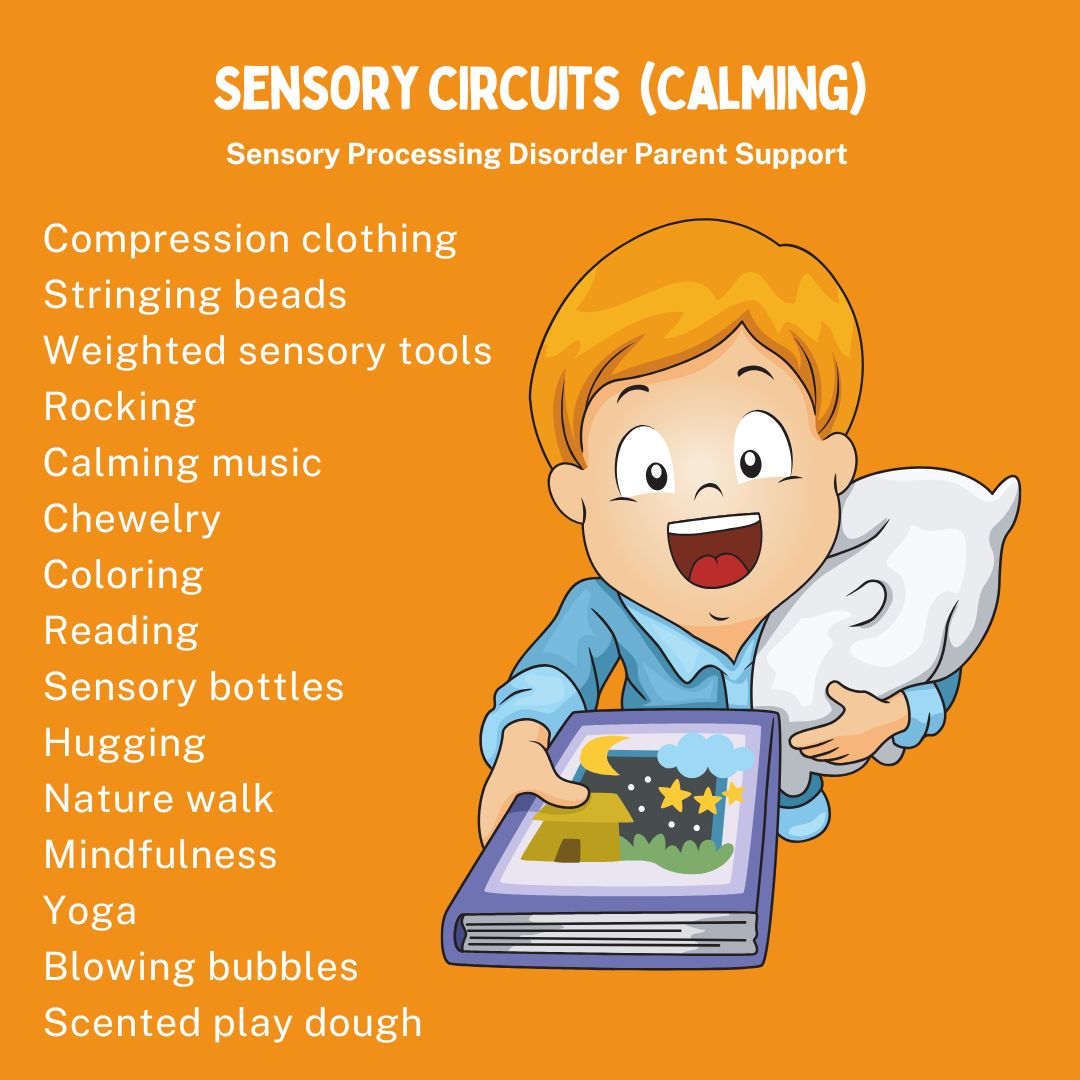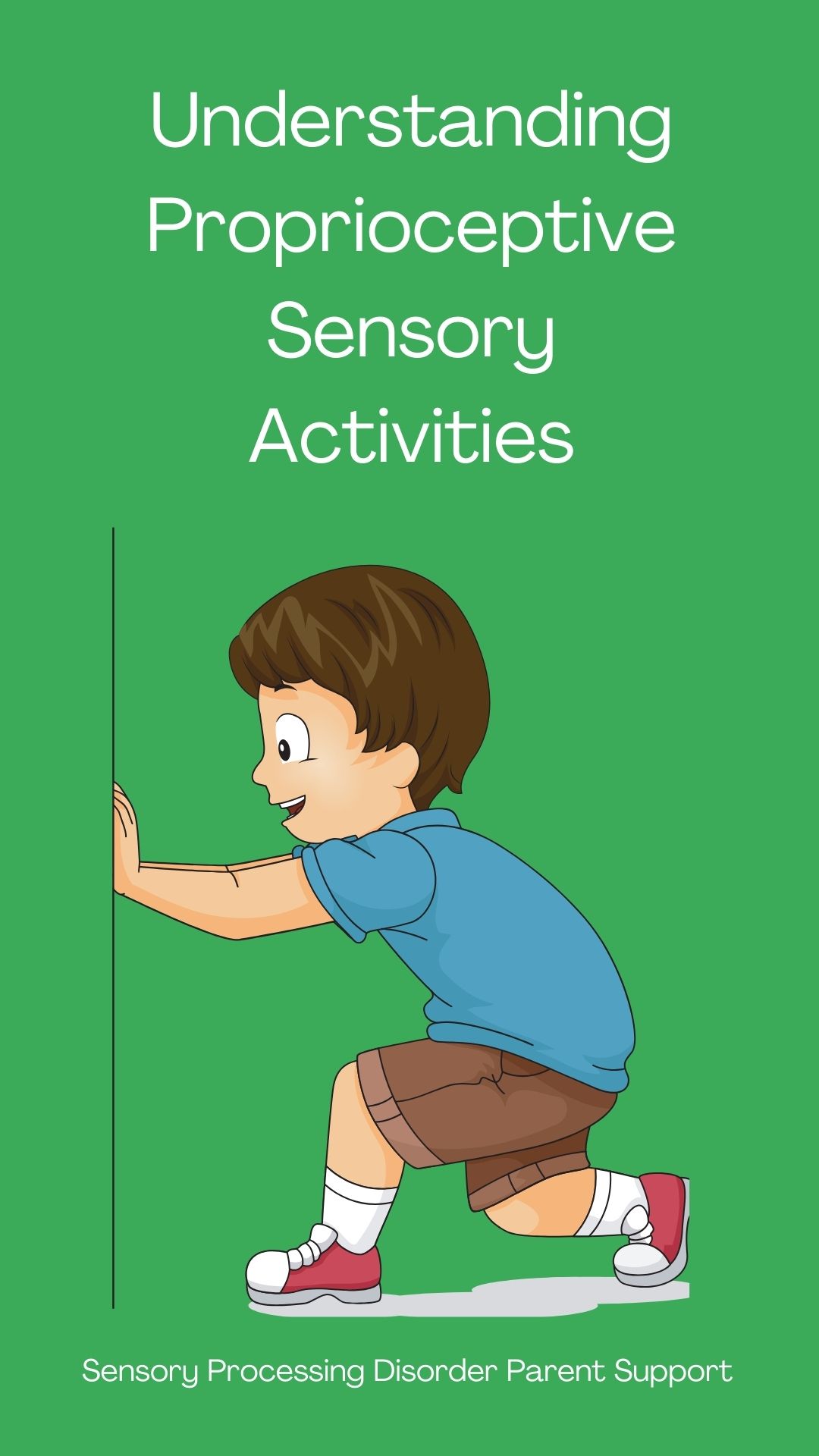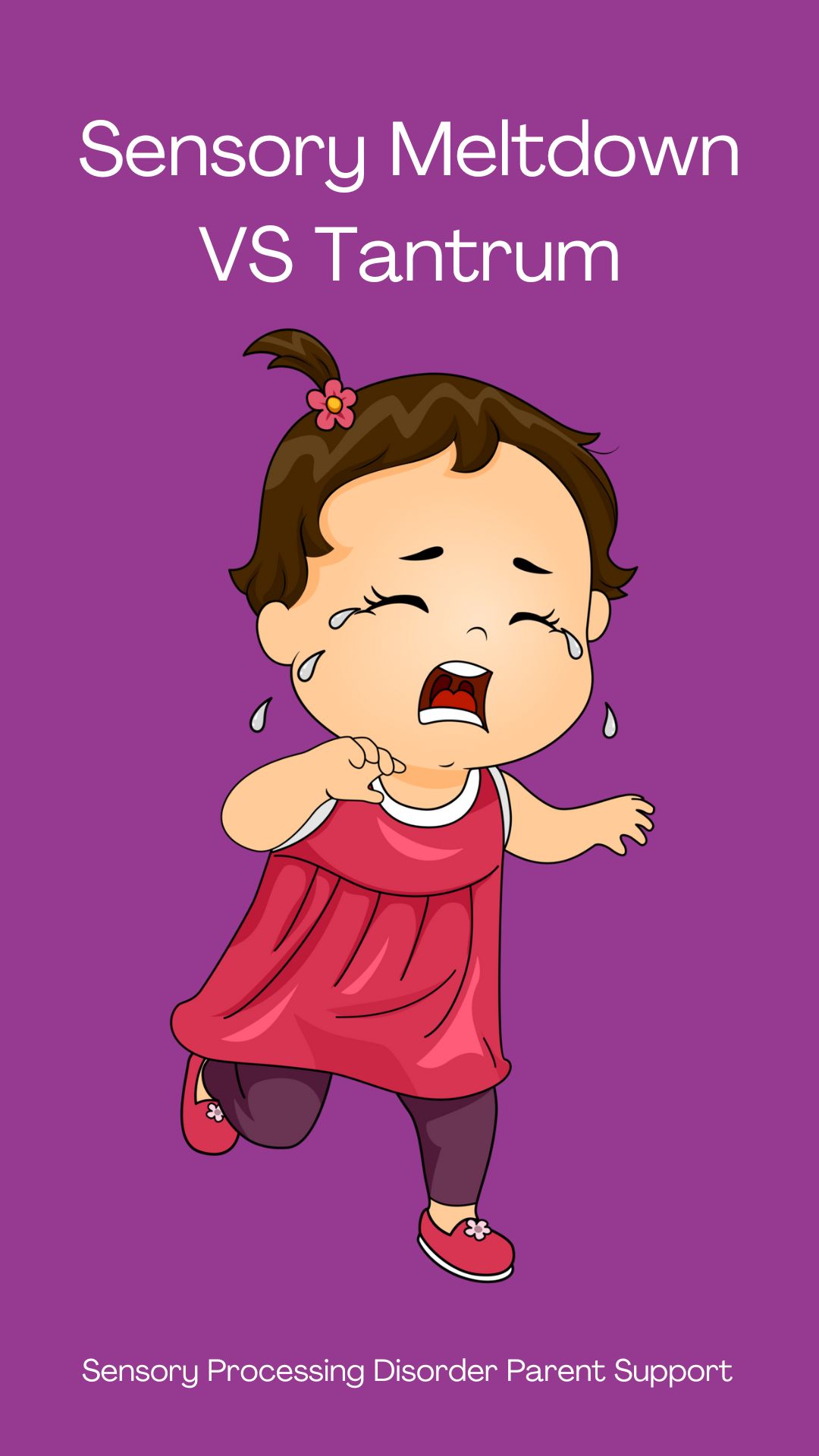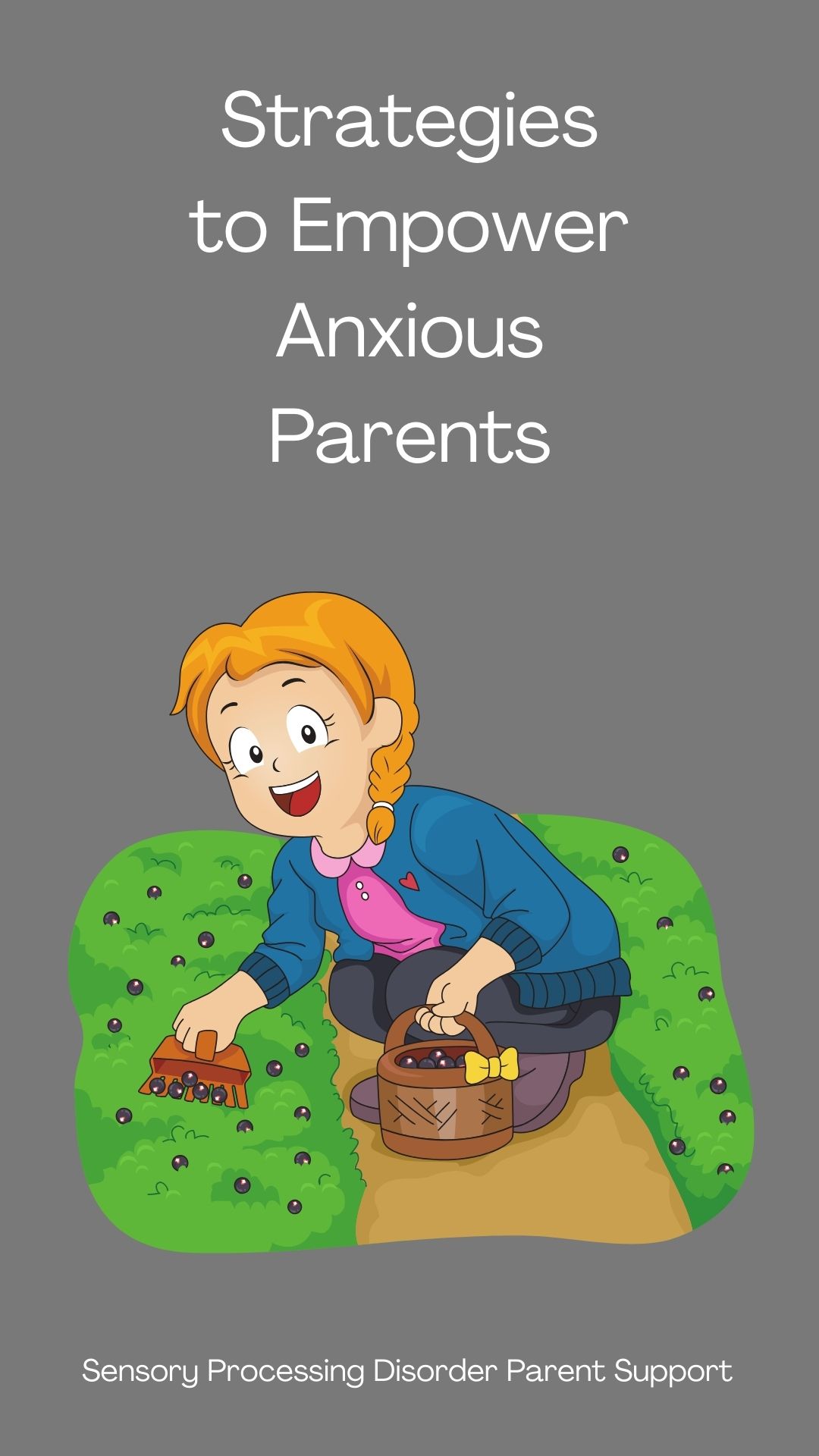Children with sensory differences can be hypersensitive (over-responsive) or hyposensitive (under-responsive) to sensory inputs. A child can also be both, seeker and avoider. These can lead to difficulties in many different areas of a child's life such as anxiety, self regulation and regulation.
There are a lot of different symptoms of sensory processing disorder that could include overreacting to sensory input, seeking sensory input, difficulty with transitions or changes in their routine, struggles with motor skills and many more. It is very important for parents, teachers and therapists to understand a child's sensory needs and symptoms.
Sensory circuits are activities that are designed to stimulate, organize or calm a child's sensory system. Sensory circuits typically focus on three main functions alerting, organizing, and calming.
The alerting circuit is designed to increase sensory arousal and attention levels. This circuit is great for children who struggle with low energy or disengagement.
Activities included in an alerting circuit could be movement activities such as jumping on a trampoline, swinging in a sensory swing or dancing. Sensory alerting activities could include rolling, throwing or catching a ball. Interactive games such as tag or an obstacle courses with sensory station to stimulate their senses.
These alerting sensory activities can improve a child's focus and readiness to learn or engage in their regular daily tasks. The important part of including sensory alerting activities into a child's day is to introduce dynamic movement that encourages a state of readiness, making the child more responsive to their environment.
